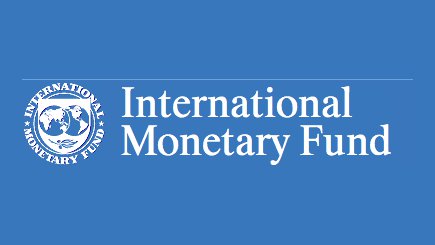Establishment
IMF Bank was established in 1947 as a result of Breton Wood Conference held in July, 1944. IMF began its function in March 1947, The fund is an inter government organization comprising over 170 states. In beginning it had only 44 members.
Management
The IMF is managed by an Executive Committee. There are twelve members in the Executive Committee, five of which are the representatives of U.S.A. UK., China , France and India. The principal office of the IMF is in U.S.A. Purposes and Functions
To promote international monetary co- operation.
To promote exchange stability and the main orderly exchange arrangements between member countries.
- To promote short term credits to the debtor countries.
- To facilitate the expansion and balanced growth of foreign trade.
- To assist in the establishment of international system of payments in respect of currency transaction between member counties and in the estimation of foreign restriction.
- To shorten the duration and lessen the degree of disequilibrium in the international balances of payments of member countries.
The IMF Bank is very helpful for reading history of Bank
Main Features of Agreement
The main features at which an agreement was arrived at were as follows.
The Pool
The initial capital of IMF amounting to 8.5 billion dollars was contributed by 49 members countries. The quota of each member country was fixed. They were required to pay their subscriptions in the pool partly in the form of gold and partly in domestic currency. Each member country was to pay 75% of its agreed quota in the form of its own currency which is kept with the Central Bank of the member country. The remaining 25% of their quota or 10% of their actual holding of gold, which ever is less, is to be subscribed in gold.
The Pool and the Debtor Country
The IMF allows the member countries to obtain short term credit. The debtor country can purchase the foreign currency in exchange for its own currency up to 75% of its quota plus an addition of 25% each year. If any country receives loan above 200% of its quota, then the foreign currency is given only in exchange of gold. This step is taken to discourage excessive purchases form the IMF.
- Scarce Currencies
If at any time there is a great demand for the currency of particular country and its stock with the IMF falls below 75% of its subscribed quota, the IMF can declare that currency to be scarce. The IMF will try to increase the supply of scarce currency in two ways.
- By purchasing some of it for gold or by borrowing it from the member surplus country.
- By rationing among debtor countries.
- Change of Parity
If at any time, a member country wishes to change the parity of its currency of correcting disequilibrium in the balance of payments, then it can do without getting the approval of IMF, provided the exchange does not exceed 10%. However, any further exchange can be made with the approval of the IMF.
- Rate of Exchange
The member countries are required to declare the par value of their currencies and this is to be expressed in terms of gold or the American dollar,at that time amounted that the par value of the British fund would be equal to 4.04 to USA dollars.
